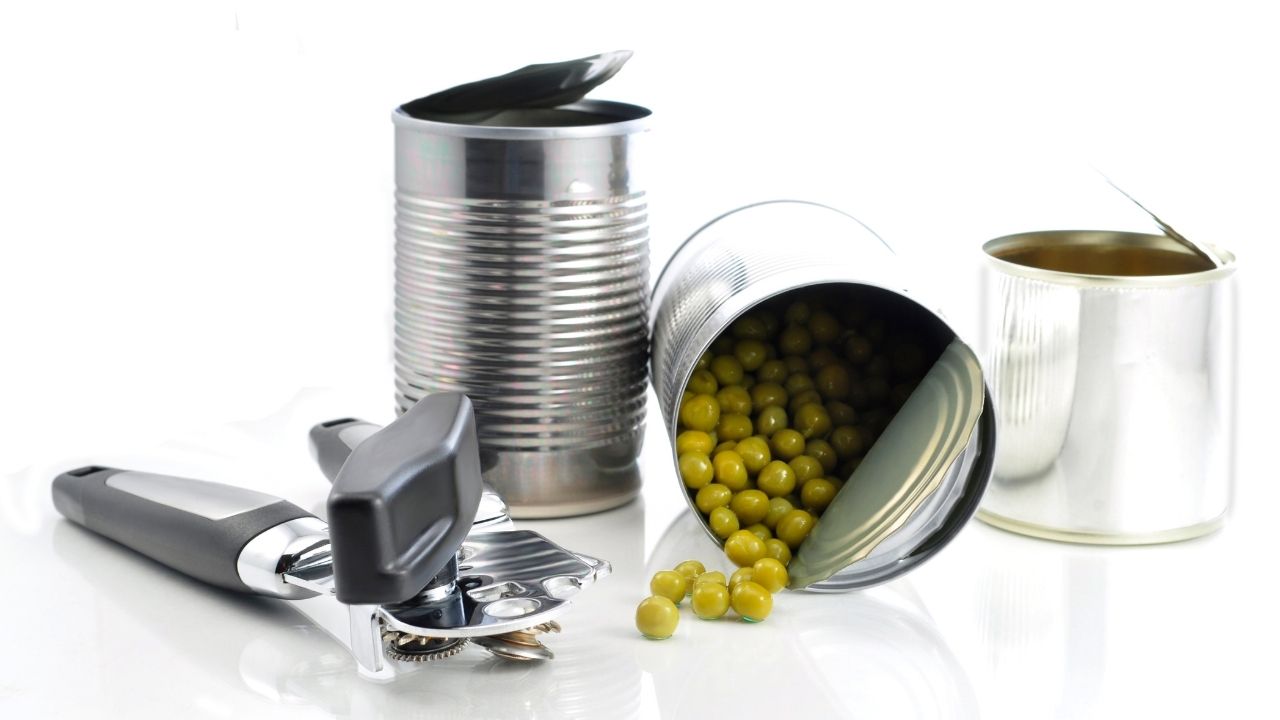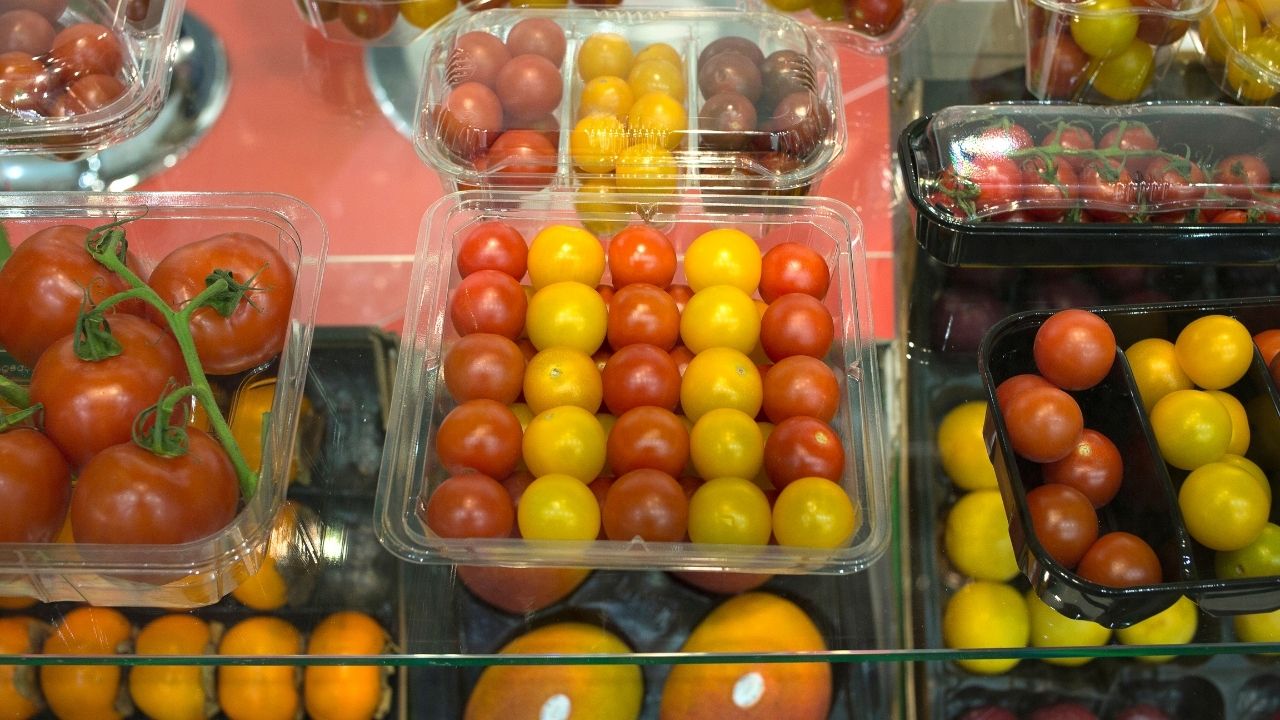You can minimize food waste and improve efficiency with better facilities in your kitchen. There is safe and robust industrial food processing equipment.
Why You Need Food Processing Equipment
Equipment for food production is used to handle, plan, serve, preserve, and pack food and nutritional products. Applications for food and food ingredients vary from bakery to drinks or milk products to processing.

Based on a specific food processing system’s parameters and criteria, optimum configuration and construction are the options. Other architecture considers the material for food grades used for construction, food hygiene, government requirements, measurements, costs, and incorporation of automation or research.
Types of Processing
This article focuses on food processing equipment, explores available types, and gives examples. It further addresses some factors for the nature and choice of appliances for a requirement for food processing.
Equipment for food production can be classified and defined in many forms. This report meets the norms of the industry and classes them accordingly.
Some of the essential functions of the category of food processors include preparation, mechanical processing, heat processing, preservation, and packaging.
The output cycle of food processing can be divided into many steps, distinguished by a unique feature, and used for individual operations.
Processing Equipment
There is everything from a bakery to industrial mixers and blenders. Prepare the best dishes with the aid of professional equipment. Keep food and ingredients healthy with air-tight containers and food packing solutions for industrial storage. If you are an owner of a restaurant then get food equipment in Canada and improve your business.
Mixer
In every professional kitchen, industrial food mixers are the fundamentals. A high-power mechanical mixer can combine large volumes of dough, batter, spices, and more. To increase performance, use a range of appliances and accessories.

Slicers
When searching for food processing tools, a commercial meat slicer is essential. Meat Slicers and cutters can cut the meat in the shape and size for the best flavor. With a skilled slicer, make standardized slices of meats and cheeses efficiently and effectively.
Food Processor
Act quickly with company food processors, cutters, and vegetable slicers on your food processing activities. Use these devices to cut, slice, chop and dice fruits and veggies and reduce the time needed. In just minutes, you can make lovely slices of food.
Juicers and Mixers
Make tasty smoothies, vegetables, and juices with a mixer or juicer. A high-quality blender or dip blender is suitable for several food processing activities. Juicers will help you add fruit juices to your meal.
Cutleries
Professional knives and cutting boards encourage the cooking of your foods. Prepare your industrial kitchen and increase your efficiency with good-quality chopping boards and cutting. Sharp cuts and knives are healthy and secure for employees.

Containers
A commercial kitchen may contain plenty of warm/cold food storage units. Cold food pots are suitable for preservation in cooling and congelation. Hot food utensils can be found in hot food desks, and others can be microwaved.
Timers & Thermometers
Keep register with industrial kitchen timers and thermostats of your processing temperature and time. Make sure the food is adequately prepared and that consumers are healthy. There are both traditional and electric thermometers with timers.
Can Openers
Open containers with analog and digital can openers. Process multiple cans with no pressure every day. You can use a crusher for industrial use in your kitchen.

Hot Food Tables
Make sure that your food remains hot and clean with a hot food table. Hold food in your restaurant at the optimal serving temperature for buffets. In both the front and back of the building, use the consumer hot food set.
Preparation
The preparation of the raw food product for subsequent steps would concentrate on prerequisite processes. Any of the process units used are washing, sorting, grading, or skinning.
Mechanical Processing
To minimize, increase, homogenize, or, otherwise, modify physical types of concrete, semi-solid, and fluid foods, without the implementation of harsh chemical materials shall be used. Other unit operations include chopping, shaping, and grinding/crushing.
Heat Processing
Many machine processes, including blanching, baking, roasting, and frying, are used during heat generation. Equipment for heat processing can increase the food’s lifespan and induce chemical, biochemical, and biological changes.

The main focus of this section is on systems and devices for food heating products. This segment will include applications for cooling food products and those for preserving and enhancing food items' lifespan.
Preservation
The goal is primarily to avoid or prevent spoilage and improve the shelf life of food items through the food procession cycle’s conservation step. A wide variety of preserving techniques, from cooling to radiation, are available.
Each action is intended to kill or, at least restrict and suppress microorganisms and enzymes inside the food product.
Packaging
In general, the foods are subjected to one or more post-processing procedures during planning and treatment periods. This segment deals with manufacturing and machinery processes.
A variety of functions, including storage, security, safety, communication, and comfort, may be performed in food packaging.

The packaging type used for the packaging of foodstuffs, packaging, and facilities used for the processing can differ significantly. The variety and shape of food products and specifications for transportation, processing, delivery, and marketing may also affect packaging equipment.
There are a large number of people using food packing machines in the US.
Food Quality Measurement
A variety of contributing factors can influence food quality in a production environment. Nutritional material, purity, allergens, adulteration checks, and qualification for GMOs and shelf-life tests are essential to verify food safety.
Many food laboratories are fitted with instruments to ensure the food’s consistency extends to solids and liquids. The following are some of the more famous cases and their use.
They measure food safety instruments for measuring contaminants, pollution, heavy metals, pollutants, and foreign material. Food quality assessment instruments are used.
The typical instruments are alcoholic drink analyzers, food inspection frameworks, food quality equipment, and equipment for measuring food safety.
Conclusion
This article gives an essential overview of food processing equipment, including possible styles, specifications, and usage considerations.
